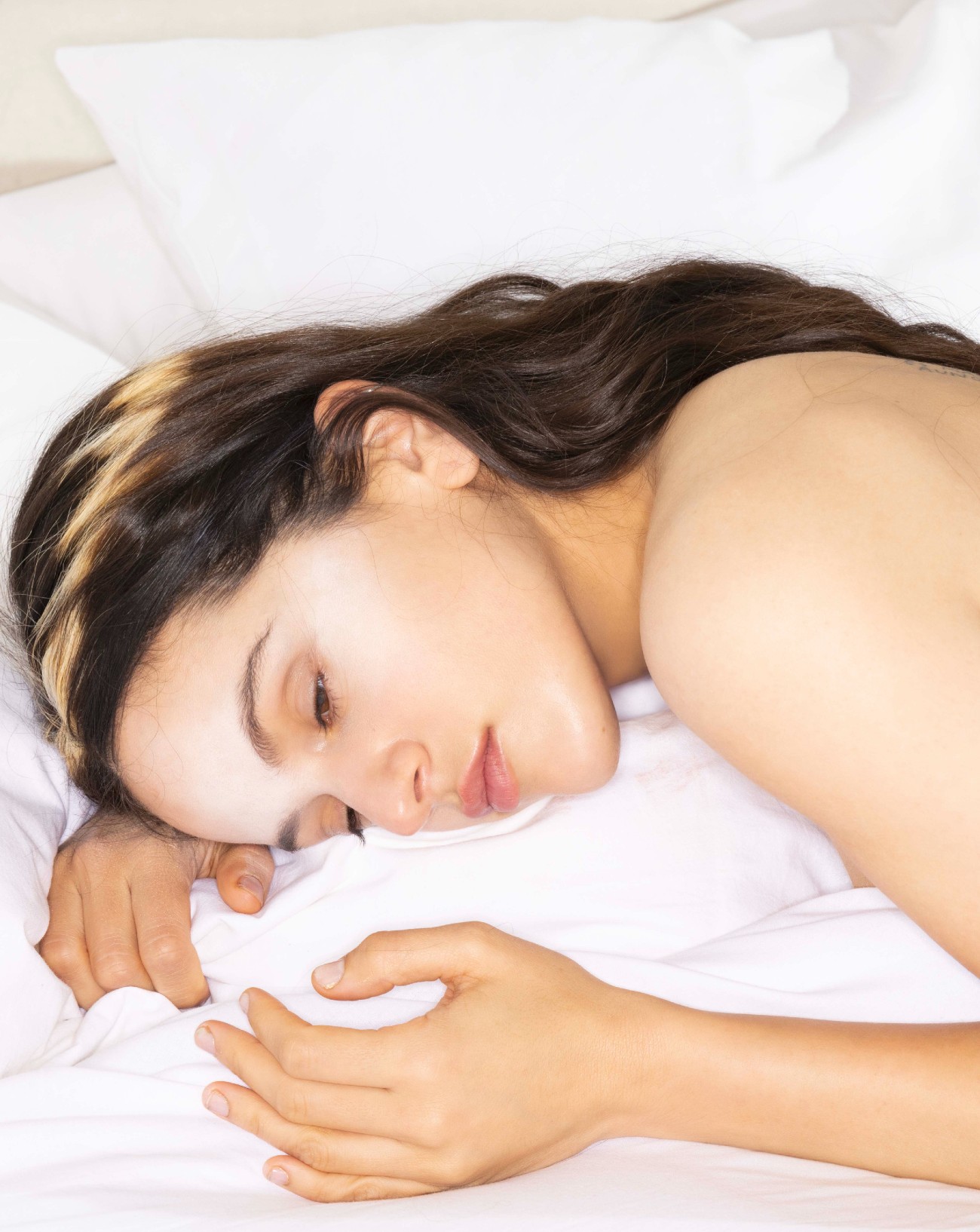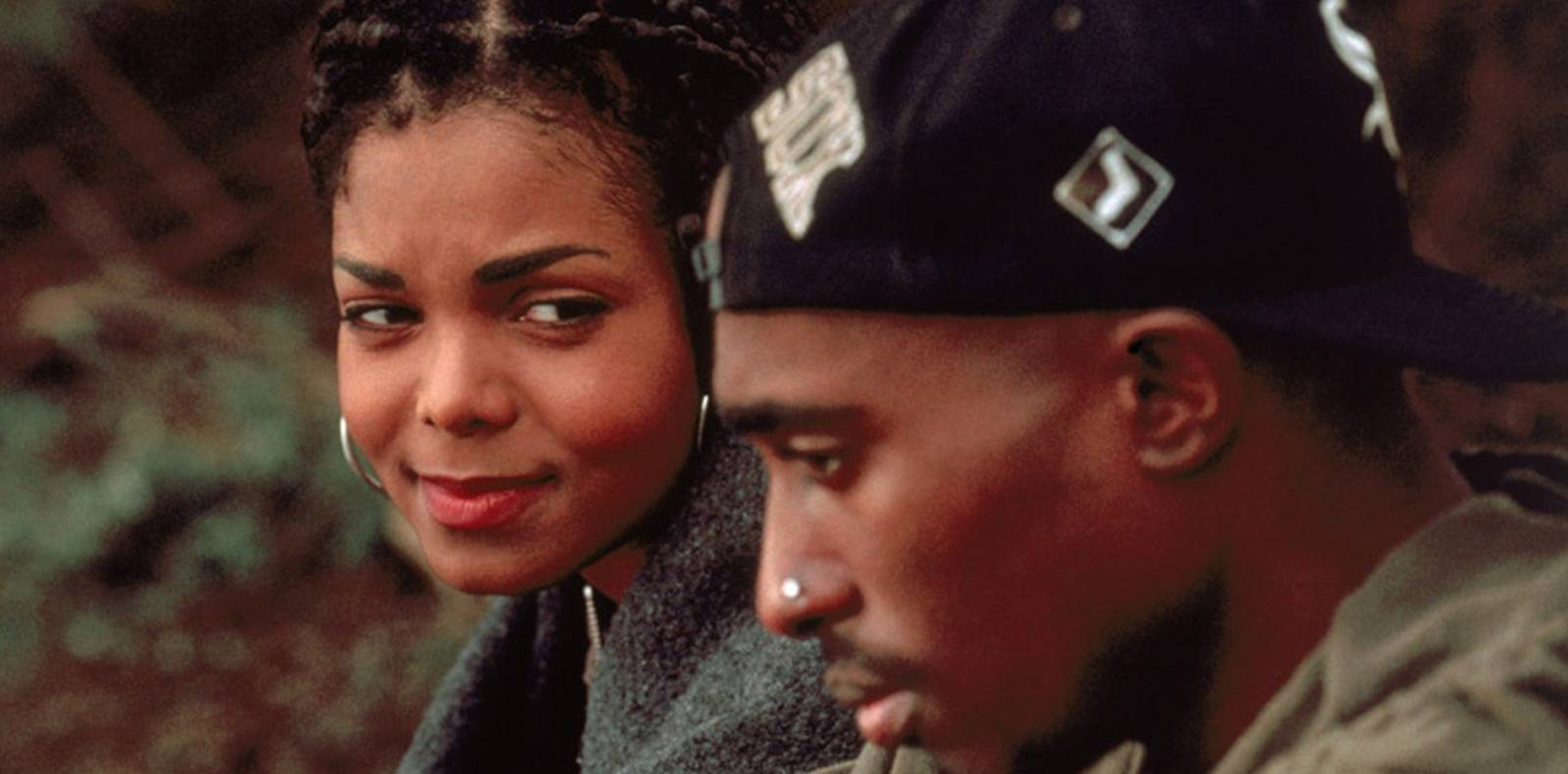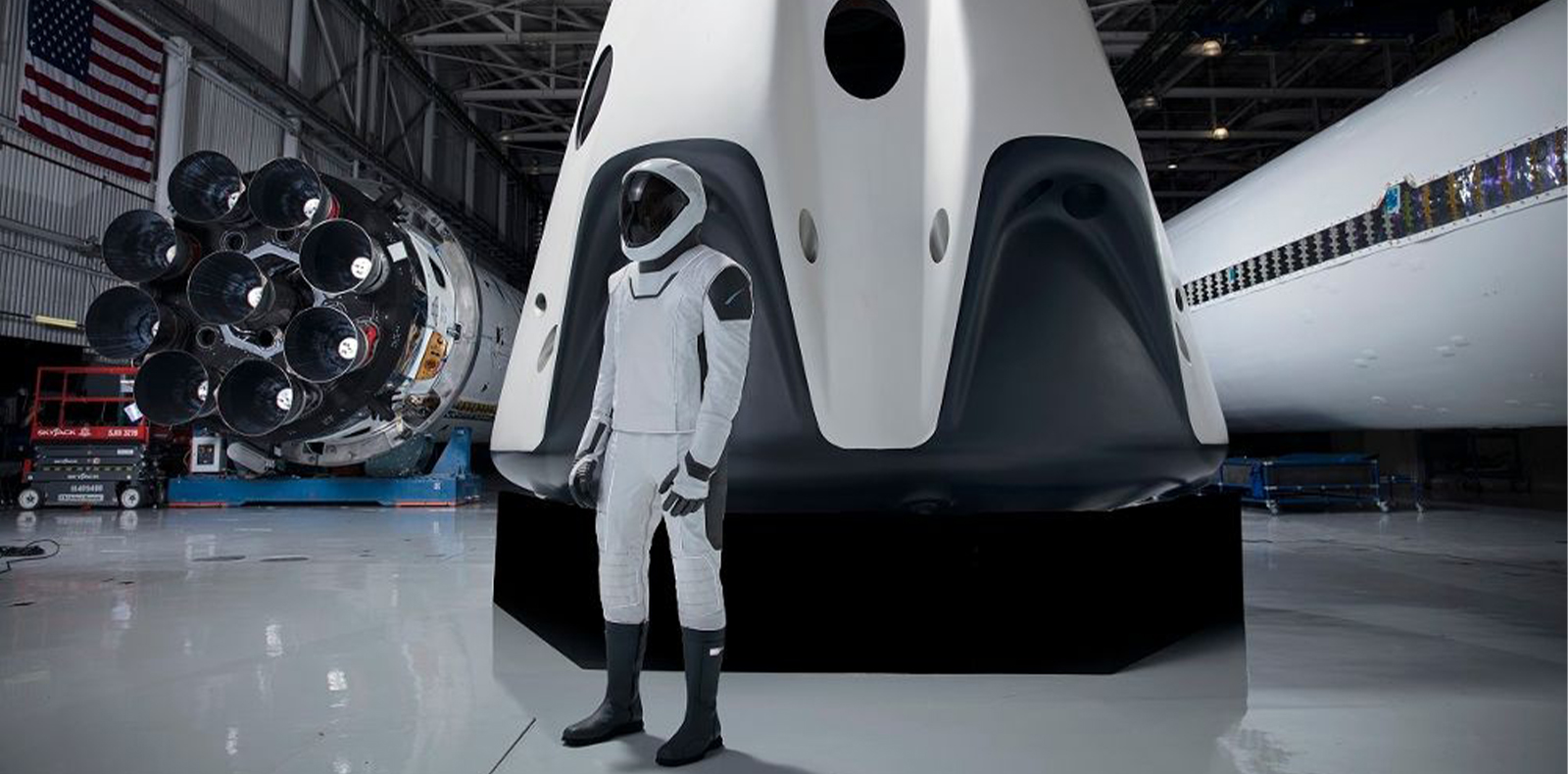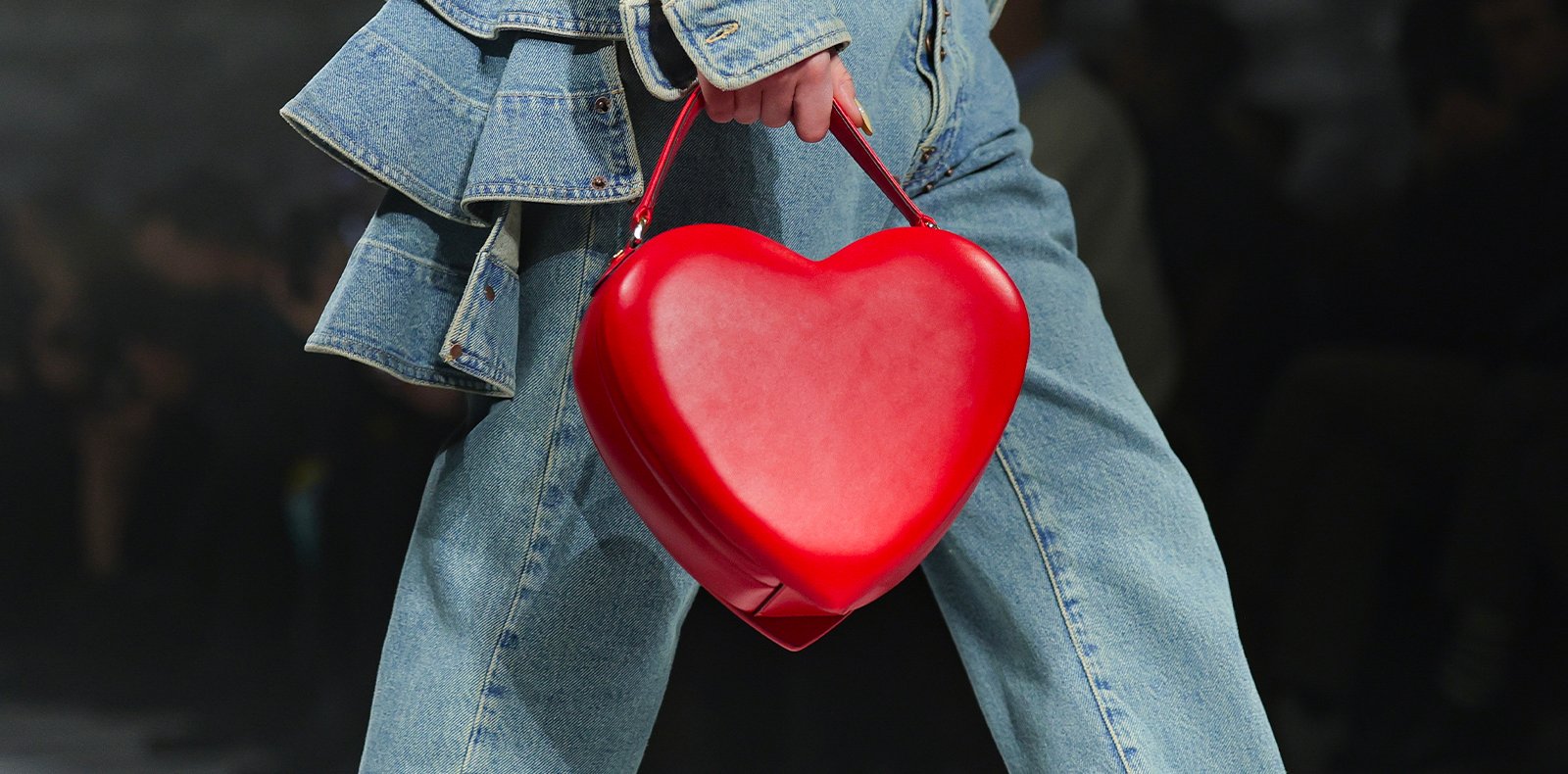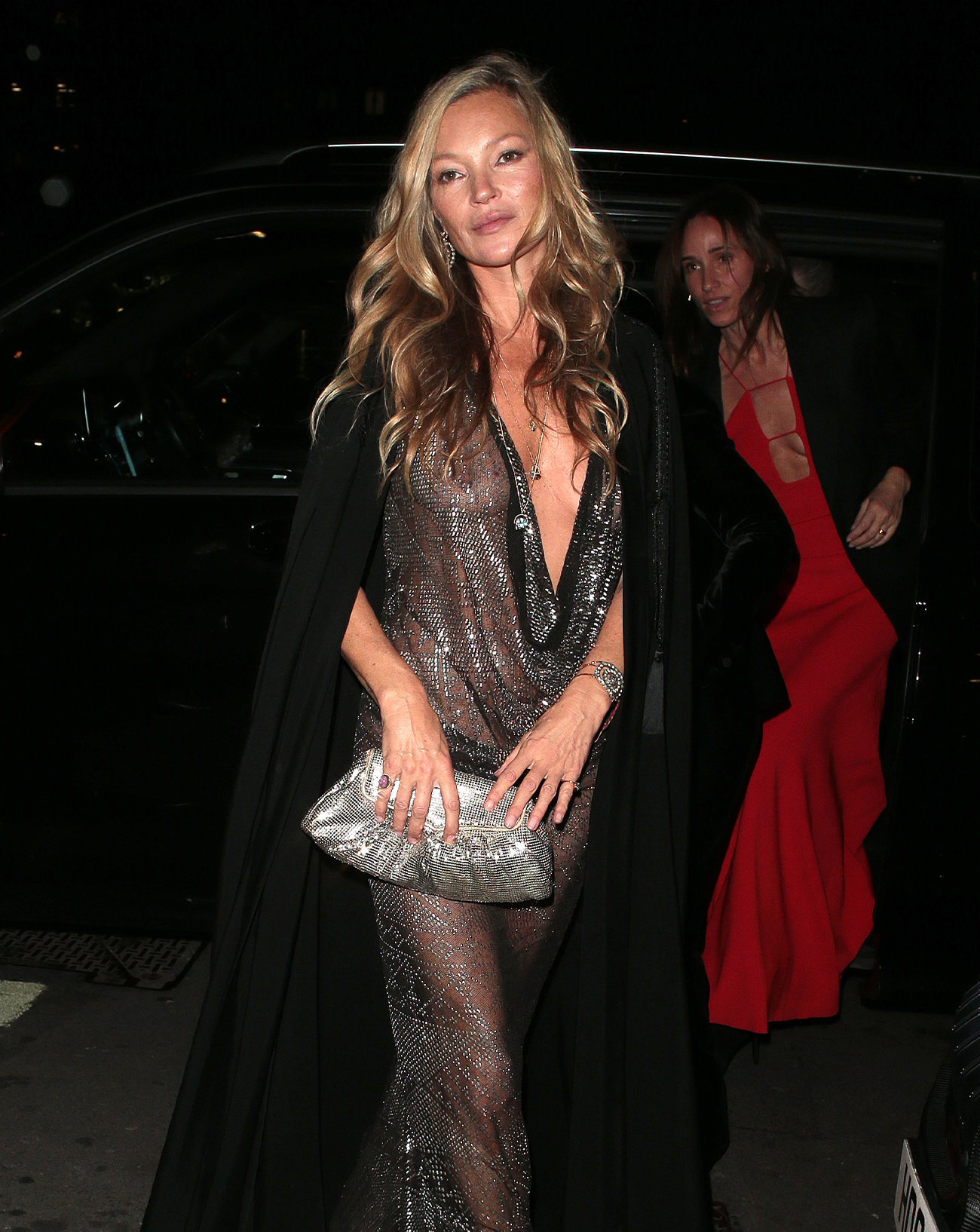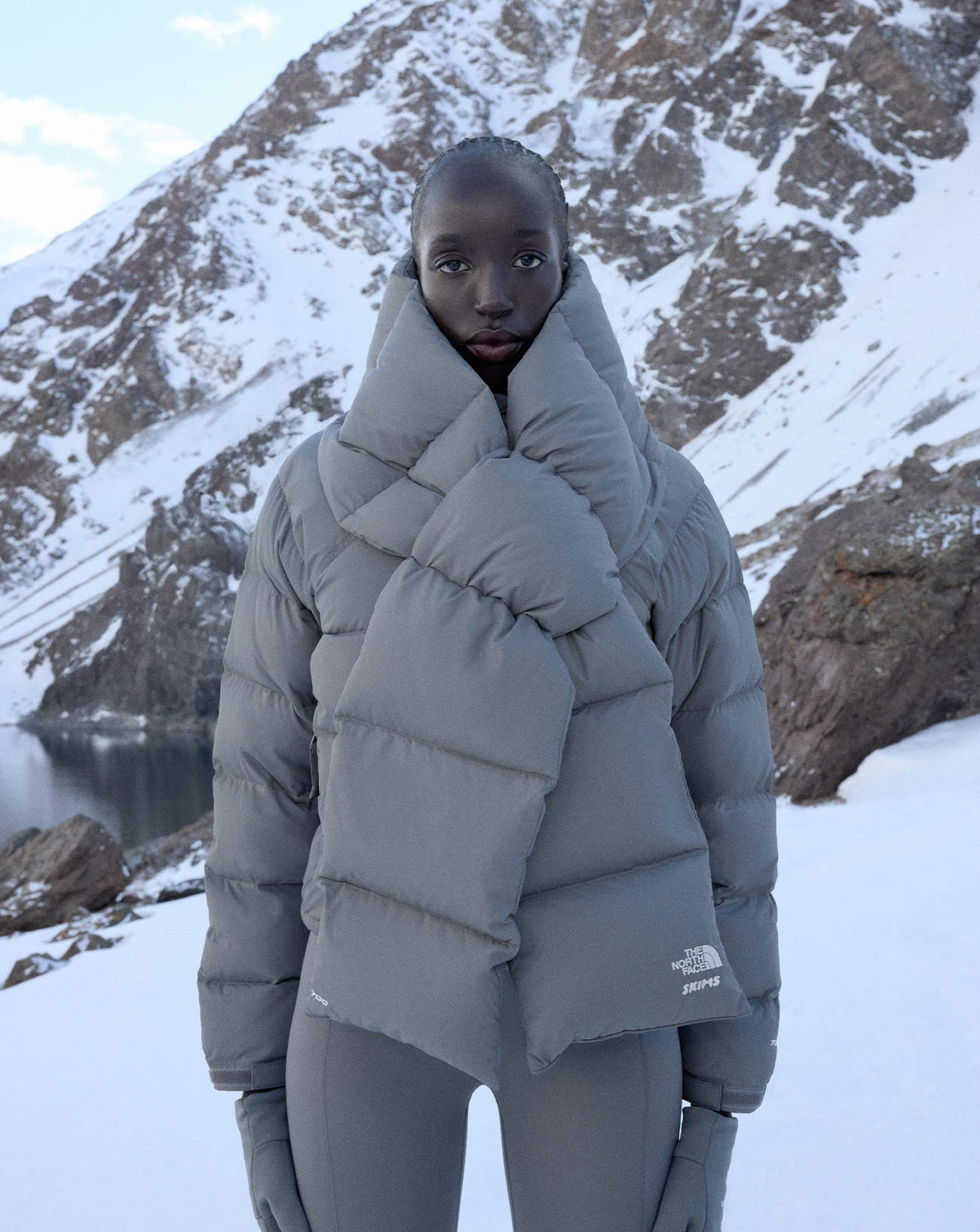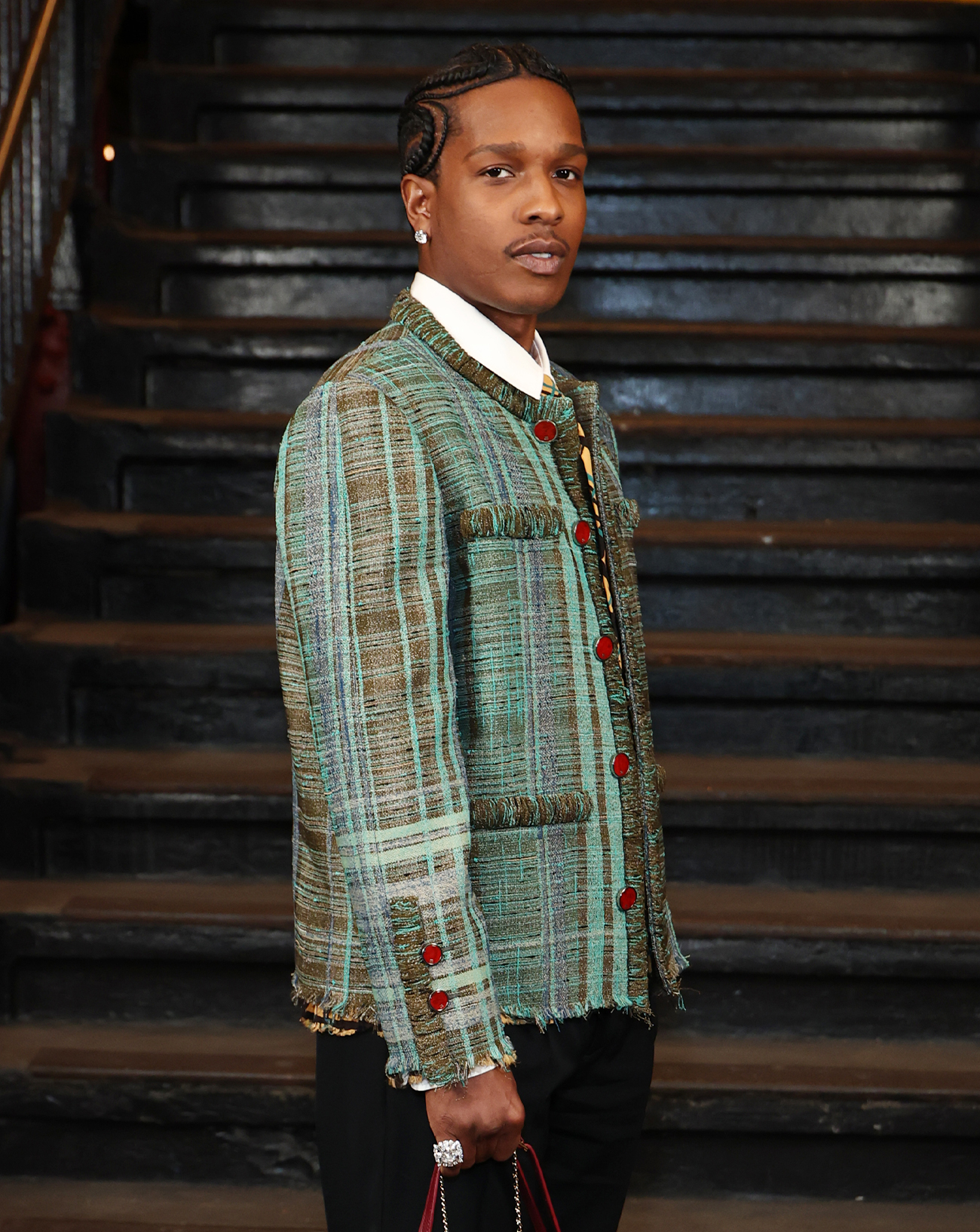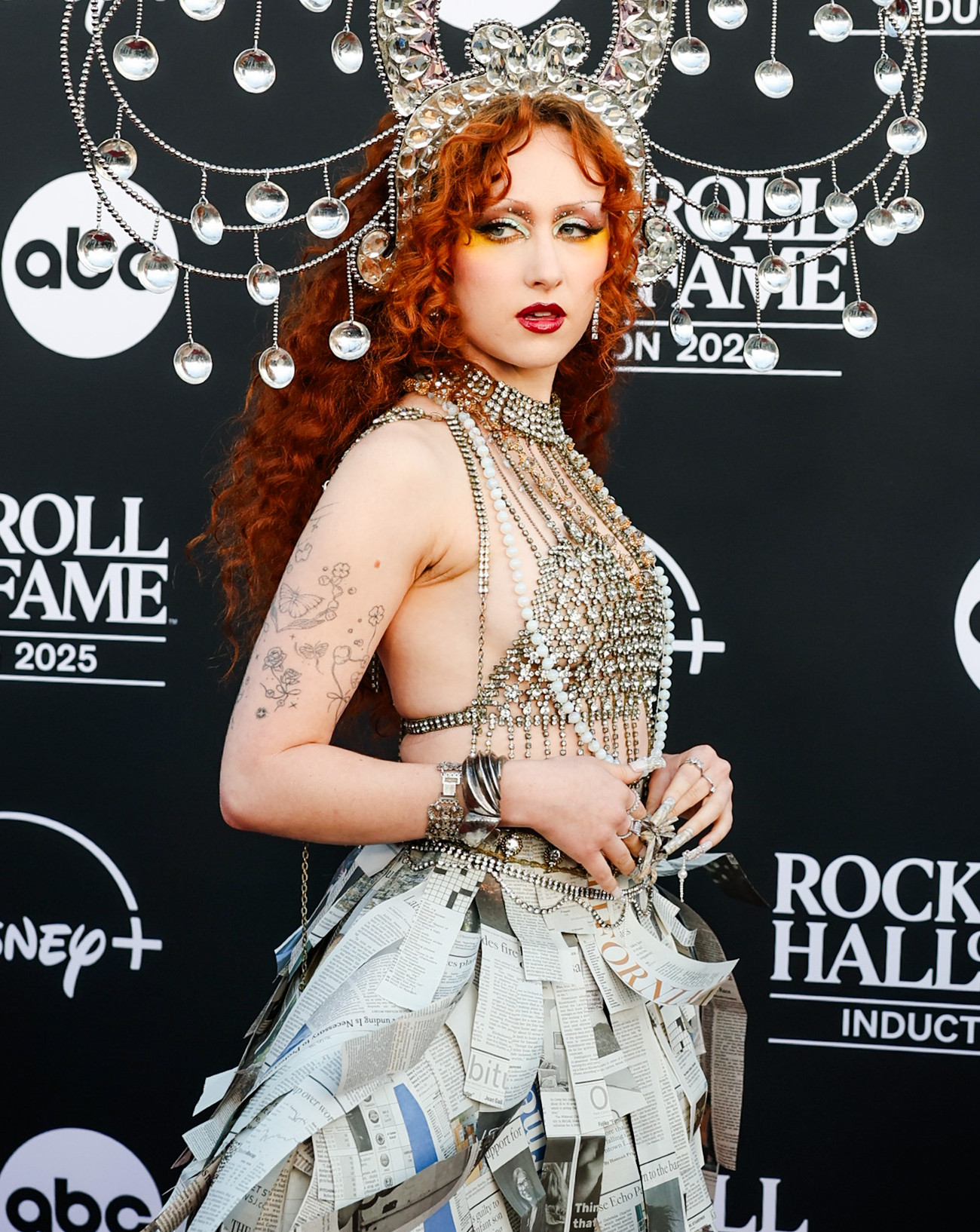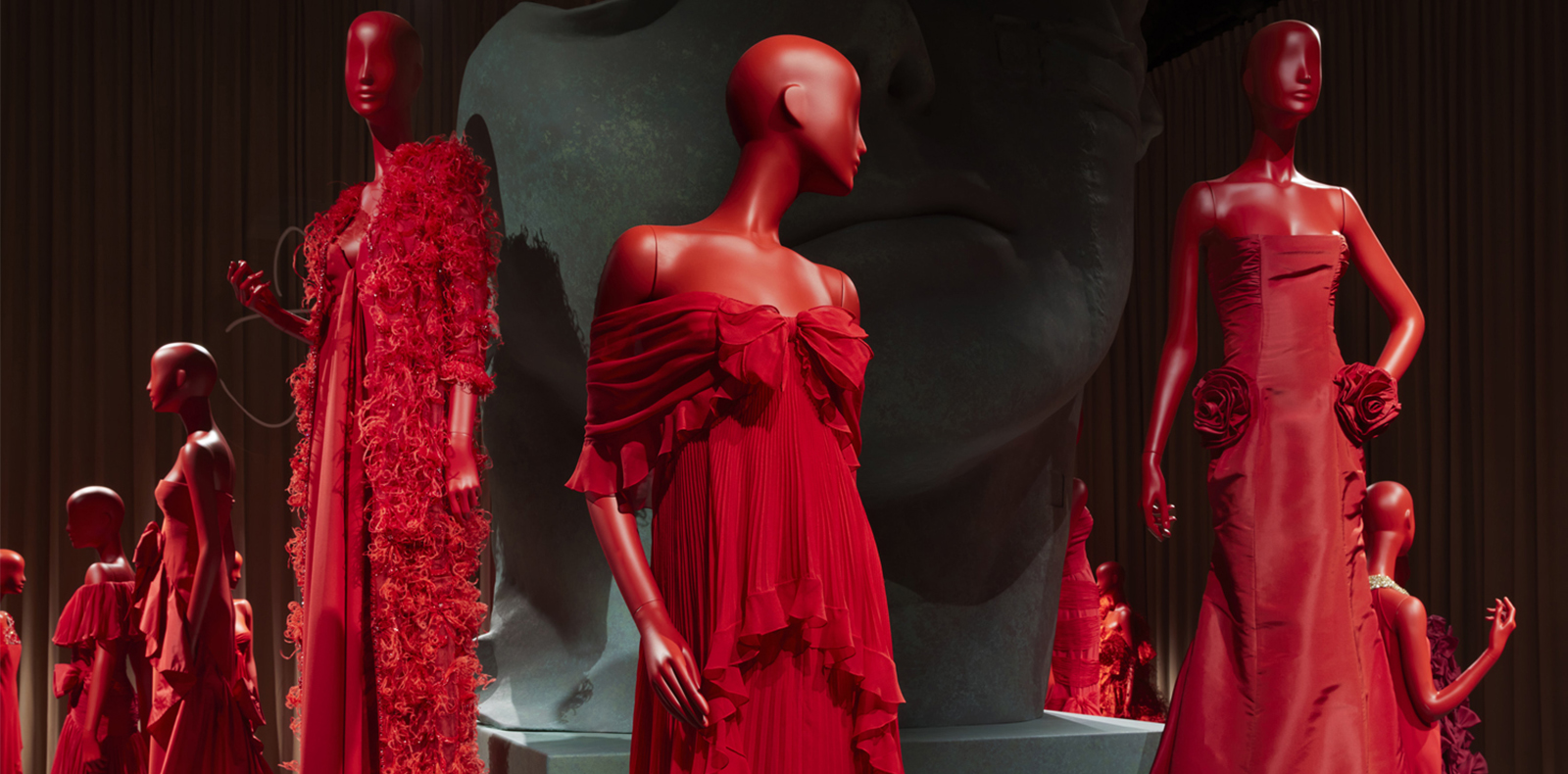
1
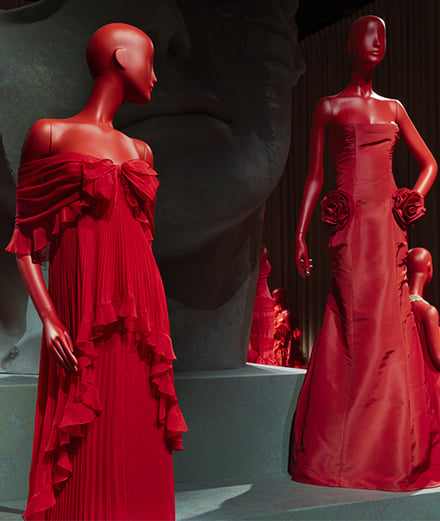
1
Interview with Pierpaolo Piccioli: “A man wearing a dress would never have been considered as couture before”
Valentino opens a flamboyant exhibition this fall in Doha, the largest to date, featuring more than 200 haute couture and ready-to-wear pieces. As a tribute to its founder Valentino Garavani and to Rome, where the house still has its workshops, the event offers a phantasmagorical, opulent, and lively panorama of elements that have always constituted its DNA from 1959 to this day – the absolute quest for beauty and emotion, an exacerbated femininity, a signature red, daring and fascinating chromatic combinations, and of course creations designed for Elizabeth Taylor, Jacquie Kennedy, and Zendaya lately… Numéro Art has seized that opportunity to exchange with artistic director Pierpaoli Piccioli and with the two curators of the exhibition, the director of the New Museum Massimiliano Gioni and the fashion critic Alexander Fury. Together, they recall the incredible journey of the house, as well as its resonance and commitment in today’s society.
Interview by Thibaut Wychowanok.
Published on 1 December 2022. Updated on 20 June 2024.
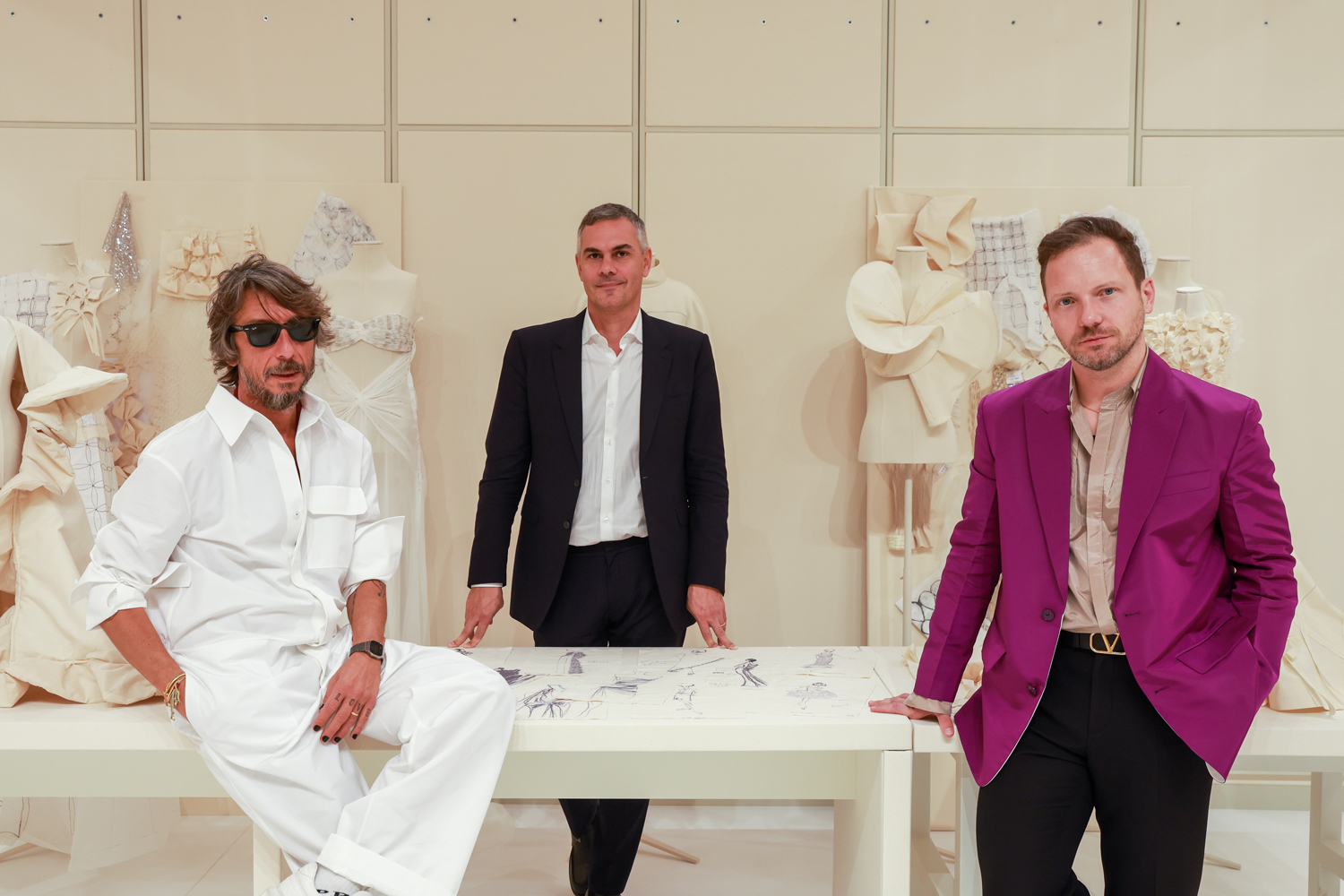
Thibaut Wychowanok: Has your view on Valentino changed since you started working for the house over twenty years ago?
Pierpaolo Piccioli: At the time, I was dying to work with a fashion designer. To me, Mr. Valentino and Mr. Saint Laurent were the only ones. I ended up working with Mr. Valentino. I particularly loved his designs from the 1960s, although they were less known by the public. He became famous in the 1980s in Italy as he represented a certain idea of perfection, hedonism, and lifestyle. As a matter of fact, he had already understood that the status of women had changed since the 1960s. A woman could no longer be reduced to her role as a wife or mistress. Valentino didn’t see them through their relationship to men, but for and by themselves. As soon as I started working for the house, I wanted to see the creations I only knew from pictures. Everyone thought I was crazy and told me that it was all so old. But that external perspective enabled me to rethink that period of creation and to capture timeless perfection again. What has changed since then? Not much (laughs). I am still interested in that period of time, and I believe I have more or less the same opinion about the house today. In the meantime, I had the great privilege of working with Mr. Valentino and asking him a lot of questions. You must know that he used to do fittings before the shows with models whose hair and make-up were perfectly done. It could last for hours… I took that opportunity to ask him about Studio 54 or his relationship with Jackie Kennedy….
“Mr. Valentino had already understood that the status of women had changed since the 1960s. A woman could no longer be reduced to her role as a wife or mistress. He saw them for and by themselves.” Pierpaolo Piccioli

Thibaut Wychowanok: This exhibition is an incredible opportunity to reflect on Valentino’s identity. What did you want to express about its DNA?
Pierpaolo Piccioli : Valentino is a Roman fashion house. Once you say that, Couture and Rome, you’ve said it all (laughs). Indeed, the red dresses [red became Valentino Garavani’s signature color right from his first collection] in the exhibition give a great insight into his identity, along with the feminine cuts… But above all, what I share with Mr. Valentino is his obsessive and unapologetic quest for beauty. We are extremely similar in this respect. We both follow our emotions and stay true to ourselves.
“Valentino is a Roman fashion house. Once you say that, Couture and Rome, you’ve said it all (laughs).” Pierpaolo Piccioli
Alexander Fury : What’s interesting about Valentino is that there is no specific silhouette or look. Yet, there is one color. Red. The color of passion, love, joy, and excitement. The house is more rooted in emotion than in style. It can be quite tricky for a designer who cannot hold on to specific elements, but it also offers immense freedom. Everything can be constantly reinterpreted and reinvented. What I found exciting while working on this exhibition was to witness dialogues and echoes taking shape between Pierpaolo and Mr. Valentino, even though decades separated them. When he entered the first room of the exhibition, Mr. Giancarlo Giammetti [founder of the house with Valentino Garavani] couldn’t tell which dresses were designed by whom. I am also thinking of the white pleated dress from Pierpaolo’s first couture show, which, in my opinion, now echoes the dress Elizabeth Taylor wore for the premiere of Spartacus. In both cases, there is a column of great pure white. They seem to be true creations of instinct and emotion. Instinct and emotion are perhaps the hallmarks of the house. There are indeed obvious elements, such as the rockstuds, the influence of Roman architecture, the red color, some decorative techniques, and other uses of fabrics, but I think that the concept of emotion is much more important. Valentino’s pieces translate emotions.
“What’s interesting about Valentino is that there is no specific silhouette or look. The house is more rooted in emotion than in style.” Alexander Fury
Pierpaolo Piccioli : This approach is at work right from the first stages in the creative process of a dress. In addition to proportions and details, I always start by explaining to the teams the universe, the emotion, and the atmosphere surrounding a new piece. Intention and proportions first.

Thibaut Wychowanok: One of the exhibition rooms is particularly moving. You are offering your own interpretation of the very first dresses designed by Mr. Valentino.
Pierpaolo Piccioli: I was willing to play along with this exercise. Drawings are just a tool, an idea on a piece of paper. Everything depends on how it is interpreted then. When I was a child, I lived far away from everything, and far from fashion. I discovered couture when I started for the house of Valentino. Couture only existed through images for me. All my imagination around fashion was built thanks to these images and to the photographers’ work, not thanks to clothes. When I saw them up close, they obviously didn’t look like what I had pictured myself. I didn’t want to dive into the reality of these pieces at all, but rather to reconnect with my childhood’s imagination and fantasy through them. Images are sometimes more breathtaking than the clothes. I try to give them the lightness I felt in the photographs. My identity as a designer stands in this gap between reality and imagination. In a way, my work on the Dream Dresses is a research project on this gap. I started from Mr. Valentino’s drawings and let my imagination do the rest.
“I discovered couture when I started for the house of Valentino. Couture only existed through images for me.” Pierpaolo Piccioli
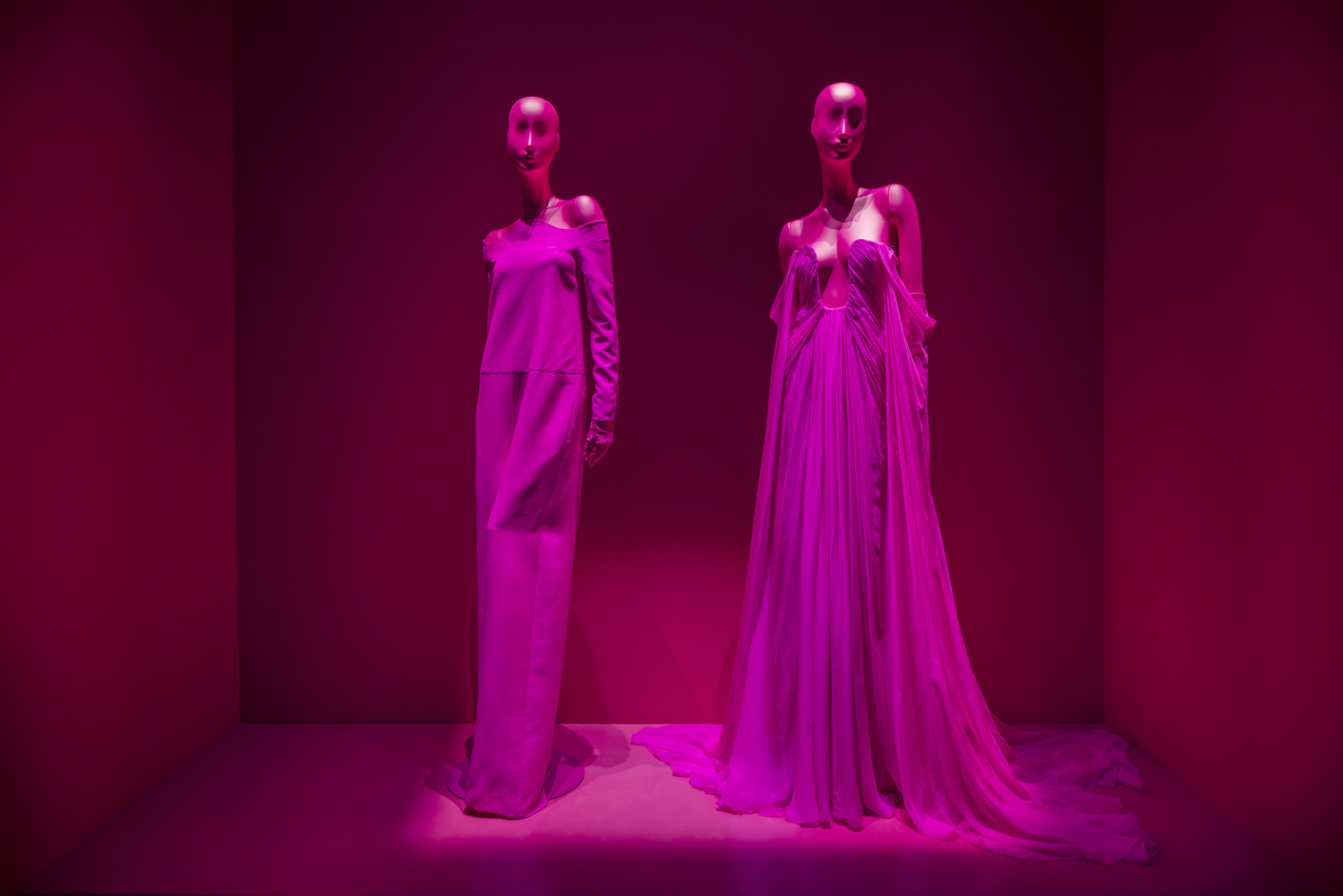
Thibaut Wychowanok: The exhibition quickly leads us into a space that reproduces the workshops of the house of Valentino. We are diving into the heart of creation, far from the glitters of red carpets…
Pierpaolo Piccioli: I wanted the exhibition to take us into the day-to-day world of fashion design, beyond the glossy images of magazines. It is much easier to feel an emotion when you are confronted with the traces of the men and women who have made the history of the house possible, rather than when facing one single piece of clothing. As you enter the workshops, you go beyond the perfection and the surface of images. You see a variety of people, a messy place, drawings in study stage, experiments in progress, unfinished garments… The human element is at the heart of it all. Emotion too. However, we haven’t reproduced the workshops exactly as they used to be. The white walls containing the exhibition are signs that the studio is a limitless metaphysical space too.
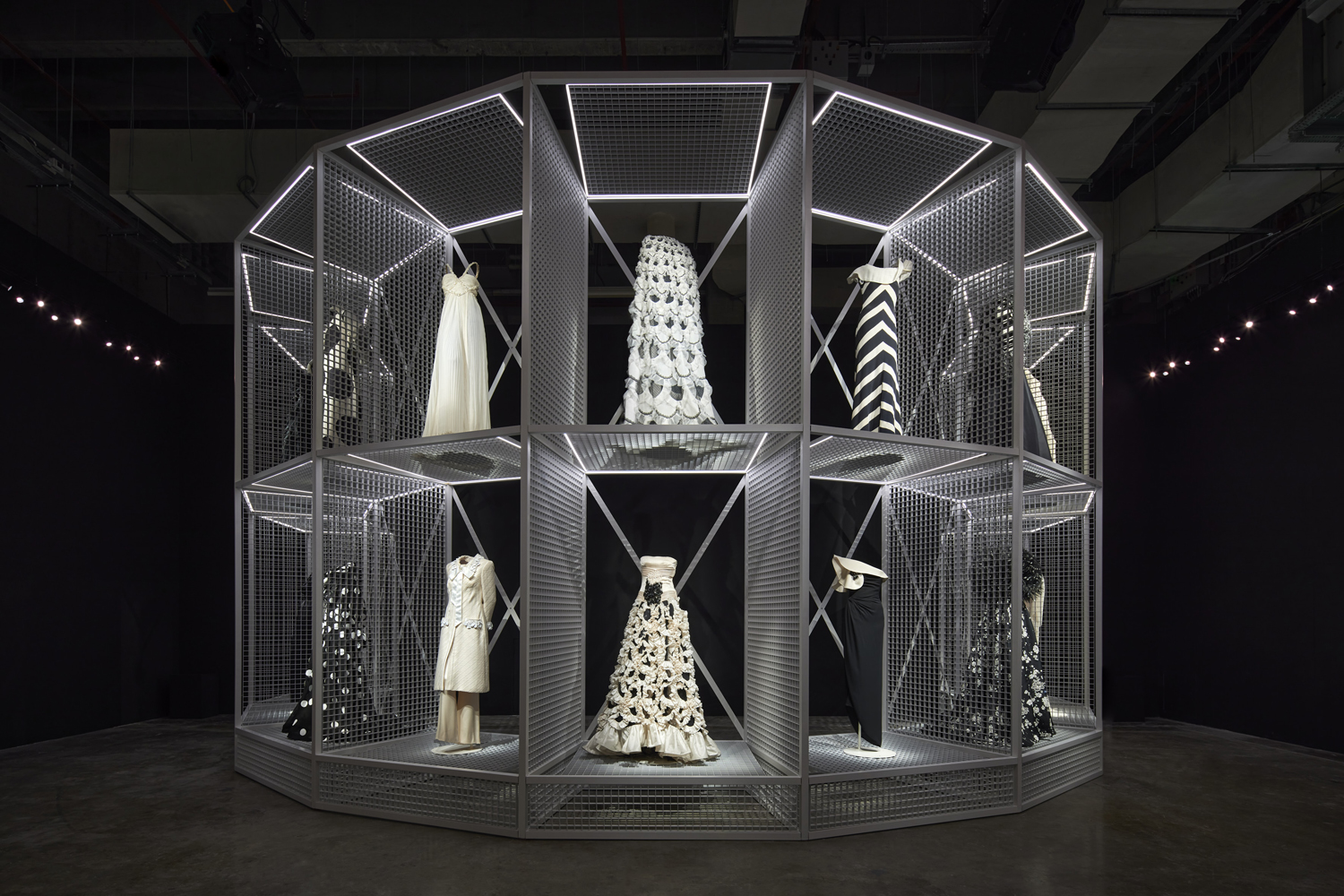
Thibaut Wychowanok: The red color of course, but also black and white, or pink are prevailing elements in the exhibition and in the house’s history…
Massimiliano Gioni: Pierpaolo and Mr. Valentino are genuine colorists. Their color combinations are always very bold. Your body reacts to these combinations, it knows when the connections are new. They unfold other dimensions. It takes a great spirit of freedom to go beyond conventions in this area. Mr. Valentino and Pierpaolo’s work stand out, as they both have their own way of creating new clashes and color associations.
“Pierpaolo and Mr. Valentino are genuine colorists. Their color combinations are always very bold.” Massimiliano Gioni
Alexander Fury: Very few fashion designers have been unparalleled colorists. We can think of Yves Saint Laurent, of course, then Christian Lacroix… and now Pierpaolo. To me, this unexpected use of color has something very Roman about it. Take the fall-winter 2022 couture show on the steps of the Piazza di Spagna in Rome. When you look at all the dresses, it feels like you are in front of a fresco from a Roman palazzo. Their use of colors is beautifully similar to that.
Pierpaolo Piccioli: Colors are the closest thing to emotions. When I create my collections, I avoid thinking too much, I follow my emotions and the flow of my consciousness. What I seek is ultimate freedom. It is then translated into a language that unfolds in colors, embroidery, and shapes. A language that must remain pure, authentic, and honest. I never think about whether a color is good or bad. I am often asked to name colors, but I don’t name them. I choose them, instinctively. It is all about balance, a tiny percentage of a shade can change everything. The work becomes extremely technical. I am actually unable to explain my own choices. When we talk about couture, we always talk about the know-how. Yet, it is a very boring vision of couture! I don’t think that the new generation is interested in the know-how. Y ou can see something beautiful, without wanting to know how it has been made. What matters is that the piece offers you a chance to express yourself, to be daring, to be extroverted…
“When we talk about couture, we always talk about the know-how. Yet, it is a very boring vision of couture!” Pierpaolo Piccioli
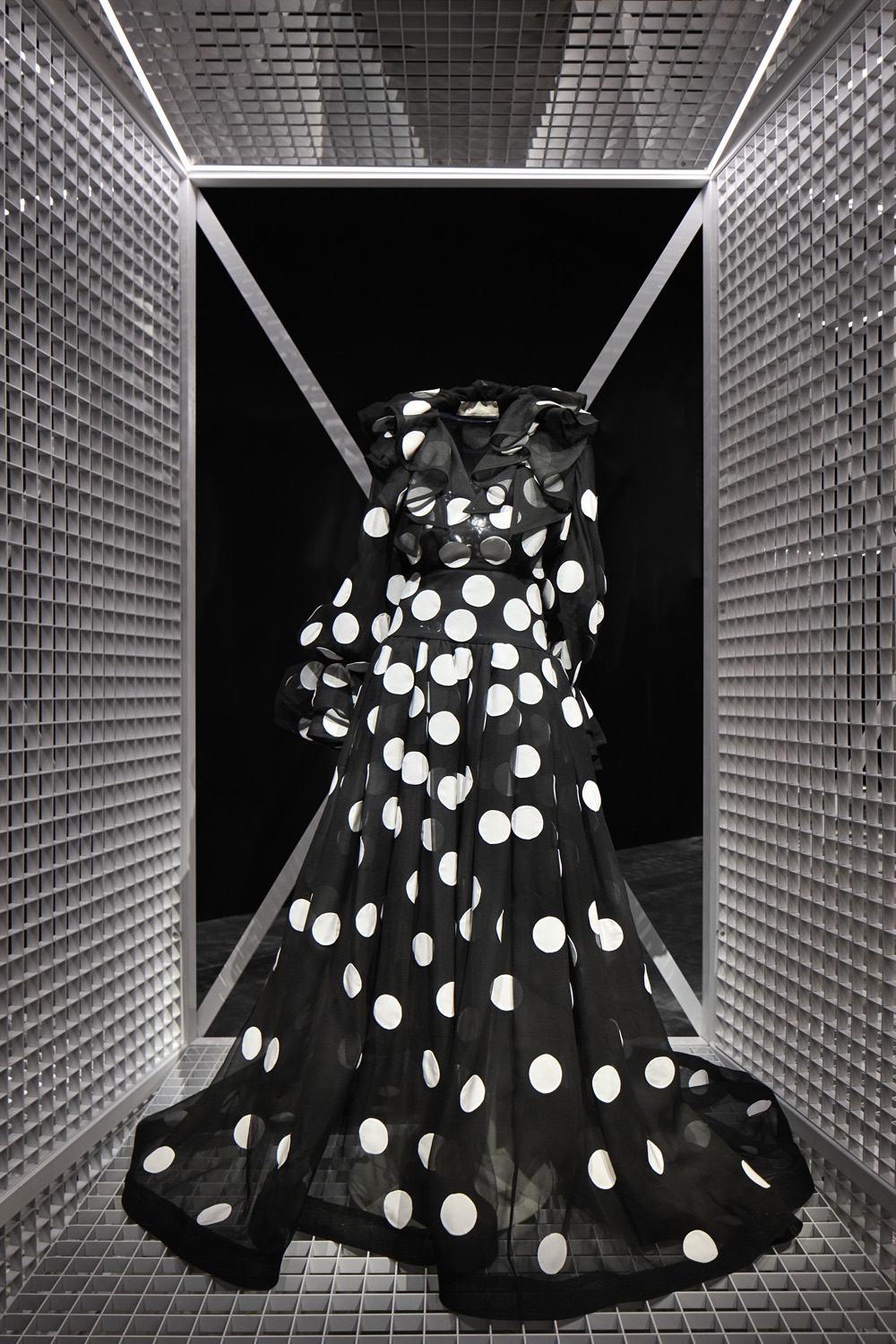
Thibaut Wychowanok: The exhibition explores the Roman spirit of the house. Clothes are exhibited in two architectural spaces, an amphitheater and an unexpected industrial construction, in an impressive staging.
Pierpaolo Piccioli: Rome encompasses all that. A contradiction between different layers, between Baroque and Pasolini, palazzos and industrial buildings, imperial Rome and neo-realism. The beauty of the city comes from this balance. Massimiliano’s idea was to build the exhibition like a Capriccio – a painting that represents imaginary, or almost imaginary landscapes, by bringing together buildings, ruins, and architectural objects that have never really coexisted. The harmony comes from these dissonances.
Alexander Fury: The whole exhibition is built around that movement between real and imaginary spaces.
Massimiliano Gioni: Exactly, it is built in a logic of expansion and contraction, just like a breath. Small spaces followed by large spaces. To get back to Rome, I remember Pierpaolo talking to us about the minerality of the Roman streets. This is something we tried to recreate. It is not the Rome captured in tourist postcards, but the Rome where Pierpaolo goes out to grab his morning coffee. We had to recreate this familiarity with the city in the exhibition.

Thibaut Wychowanok: Glamour and celebrities are not removed from the exhibition. One specific room displays the creations worn by Zendaya or Lady Gaga.
Massimiliano Gioni: One of Valentino’s founding myths is of course the collaboration with Antonioni for L’Avventura. Pierpaolo worked with Luca Guadagnino. Pierpaolo offers a more Pasolinian vision of Rome, which is less exclusive, less lifestyle, and more rooted in experience. You can think of Rome as a luxurious place, but it has also been a multicultural meeting point since its beginnings – not without challenges, of course, but multicultural all the same.
Pierpaolo Piccioli: It has always seemed important to me to make the house evolve from a lifestyle image to the idea of community. Divas, red carpets, and everything that went with it used to represent this lifestyle. Today, I am interested in celebrities who evoke and advocate for different values. I am interested in individuals. I don’t have a muse. I like unique personalities. They are the people I like to dress now, just like Zendaya. To me, Euphoria [in which the American actress plays the lead role] is the best show that ever existed. She is much more than an actress. She embodies the values of a whole generation. Words like Equality, Freedom, and Inclusiveness are too often used to hide collections that look the same from one season to another, yet they are essential concepts and values that the fashion industry should be advocating for. When I organized my couture show at the Piazza di Spagna in Rome, a location where fashion shows were taking place decades ago, models of all origins and genders took up space on the steps. Black women standing on a symbol of Italian art… this would never have been possible thirty years ago. Putting a man wearing a dress under the spotlight would never have been considered as couture before. Obviously, you could find that in niche fashion magazines, but the difference now is how they are given a voice and visibility in an institutional and monumental space. The beauty of these moments can change things. Images can change mentalities. For me, this show was a manifesto, a moment of celebration of the imperfection of beauty, people, humanity, and not a celebration of glamour. Besides, I quite like the idea that it was also a huge finger given to all the anti-democrats. We are living in troubled times, from the Italian elections that resulted in the most fascist government ever known since Mussolini to the decline of the abortion rights in the United States. We must fight more than ever, including for the rights we thought we had already won.
“Words like Equality, Freedom, and Inclusiveness are too often used to hide collections that look the same from one season to another, yet they are essential concepts and values that the fashion industry should be advocating for.” Pierpaolo Piccioli
Forever Valentino, at M7 in Doha, until April 1st 2023.







